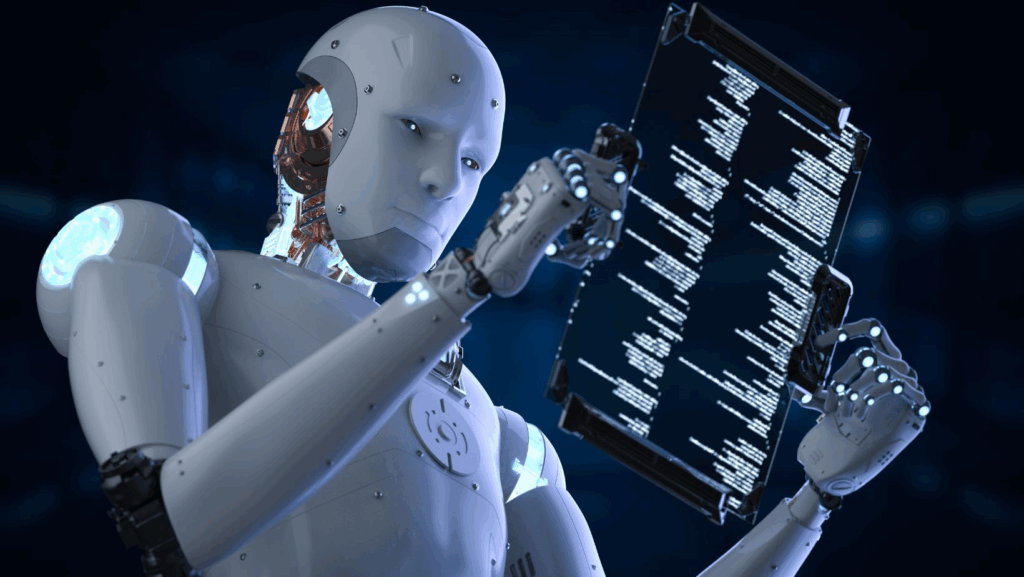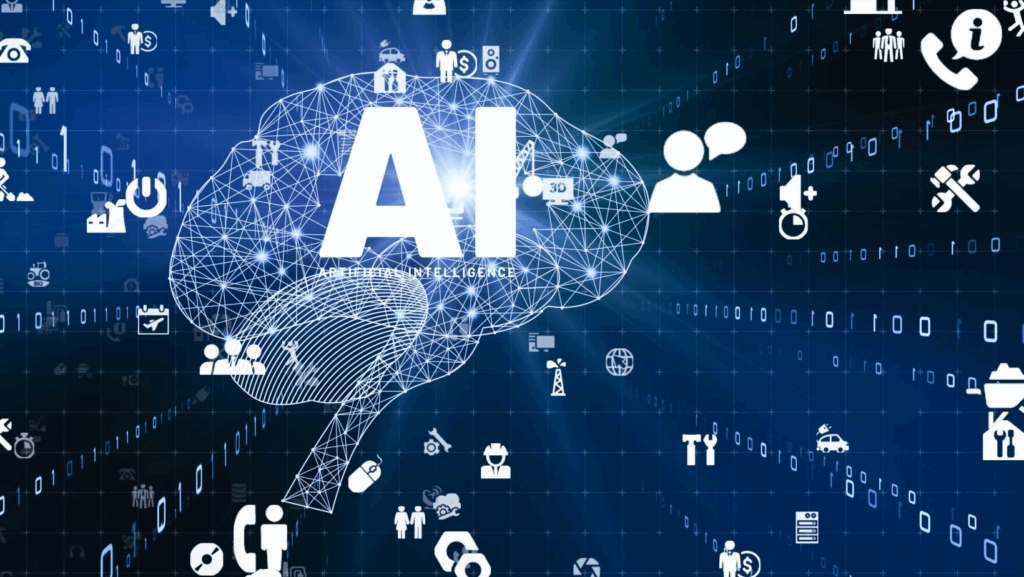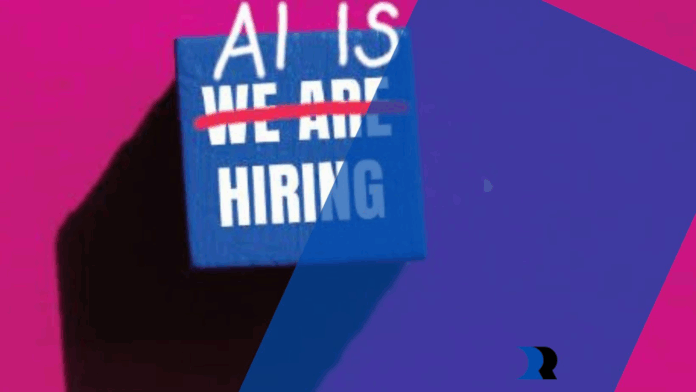If someone made you watch two computers playing chess against each other, would you enjoy that perfectly executed match? Probably not. After all, it’s a match where technical precision has replaced any actual purpose. And that’s basically what the hiring process has become. Applicants feed their resumes through ChatGPT, while hiring managers run those same resumes through their own AI screening tools. Two algorithms having a very polite, very pointless conversation about whether someone can actually do a job.
The Terrible Downgrade of the Hiring Process
Hiring used to be pretty simple. You’d walk into a place, shake hands with the manager, maybe chat about your experience for ten minutes, and either get the job or you wouldn’t. The whole process was gloriously inefficient and probably unfair in all sorts of ways, but at least humans were talking to humans. The first wave of automation hit in the 1990s with applicant tracking systems. Companies were drowning in paper resumes and figured software could help sort through the pile. Makes sense, right? Why have a person manually file hundreds of applications when a computer could do it faster? Unless you want to torture an intern. Early systems were organizing files, and then they also began filtering them. That was the first time software would make cuts about who was worth a human’s time
By the 2000s, companies had gotten drunk on the efficiency gains. Why stop at just organizing applications? Let’s have the software rank candidates, score their qualifications, and maybe even ask them screening questions. The human recruiters could focus on the “high value” work while machines handled the grunt work (whatever that means in the context of evaluating people’s livelihoods).
This is where the keyword stuffing arms race began. Job seekers figured out pretty quickly that getting past the ATS meant gaming the ATS. If the job posting mentioned “project management” seventeen times, well, your resume better mention it eighteen times. People started creating invisible white text fields packed with keywords, or reformatting their entire resumes to match whatever the parsing software wanted to see. Naturally, the systems kept getting more sophisticated as well. By 2010, some ATS platforms could supposedly evaluate writing samples, assess personality traits through application questions, and even analyze video interviews for “cultural fit”.

The really bonkers part came in the 2010s with machine learning and companies training algorithms to learn what a “good” candidate looked like based on their existing employees. This sounded smart until people realized the systems were basically learning to perpetuate existing biases. If your current workforce skews male and white, guess what your AI is going to think good candidates look like? Amazon famously scrapped its AI recruiting tool in 2018 for the very same reason, even though they didn’t want to admit it.
The latest wave has brought us chatbots conducting initial interviews, tools that scan social media profiles, systems that analyze facial expressions during video calls, and various other dystopian, inhumane tools that completely remove the human component from what is supposed to be exactly that – a human process.
Fighting Fire With Fire
Tell me honestly. Is there anything worse than writing a resume? People have always hated that. It’s tedious, stressful, and manages to feel both too braggy and too bland at the same time. Naturally, AI was seen as something that could help with that. Feed ChatGPT, Jasper, or specialized resume builders a job description and a few bullet points about your past gigs, and out pops a nicely formatted draft with verbs like “spearheaded” and “optimized” sprinkled everywhere. The problem here is that neither of these tools is really tuned for writing resumes. Even those who claim to be specialized in this field. It’s because all of them are based on large language models, most likely ChatGPT. LLMs run behind most AI tools on the market, and that is exactly the problem. Because if you leave your resume to an AI that also powers your AI fitness trainer, your AI assistant, and dozens of other services, including something found on best AI girlfriend websites (yes, even romantic AI companions), then you see the problem. But people don’t seem to care, or it simply comes as ignorance. People just want their resume to look good, fast. They don’t care that it’s what everyone else has at that point, and that LLMs work by stitching relevant data into something that looks unique when it actually isn’t. And honestly, if I were an average Joe, and some tool turned “helped with Excel reports” into “leveraged data visualization tools for financial forecasting”, I would be instantly sold too.
What’s worse is that most people don’t think about the fact that their AI-generated resume is going to be fed straight into another AI tool. And it’s very good at reverse-engineering.
Here’s the usual game. One AI beefs up your resume, and then another AI tears it apart, scanning for keywords, experience matches, and, increasingly, signs of… wait for it… AI. That’s right, the robots are basically playing ping-pong with your career history. You tell your story in “optimized corporate speak,” and the ATS tries to figure out if you’re actually a fit or just stuffing the right words in the right order. Spoiler: it usually knows.
And because this little arms race is happening behind the curtain, job seekers don’t realize that “improving” their resume with too much AI polish can actually make it worse. Recruiters have started joking that half the resumes they see sound like they were spit out of the same template. That’s because they most likely were. Imagine reading 200 versions of “passionate self-starter driving innovative solutions.” You’d tune out too.
Trust me, both parties in the hiring process are frustrated. At this point, people don’t even get rejected anymore. They get completely ghosted. By AI.
Late-Capitalist Hell Loop
The bigger picture doesn’t make this any less depressing. Hiring has slowed to its lowest point since the post-recession recovery, even though the economy isn’t technically in crisis. People are staying longer in jobs they don’t like because jumping ship feels riskier. That, plus the average job search is stretching past five months now. That’s five months of playing algorithmic roulette, with your carefully AI-polished resume squaring off against a company’s AI-powered sieve. It’s not surprising that so many people feel like they’re just swiping endlessly in a job-market version of Bumble.
The more people rely on AI to speed up their applications, the more companies rely on AI to screen them. It’s an arms race of sameness, and the actual human connection, the important part of any hiring process, gets buried under layers of machine judgment.
The irony is thick. AI was supposed to make this process easier. Instead, it’s turned resumes into an endless loop of robots writing for robots, with people stuck in the middle, wondering why nobody’s calling them back.

So where does that leave us? Somewhere between absurd and inevitable. AI isn’t going away, and neither is the job market’s obsession with speed and scale. If you’re a candidate, AI can definitely help you polish up your pitch and get past the first robotic gatekeeper. If you’re a company, AI makes sorting through thousands of resumes less like drowning. But when both sides are leaning on the same tricks, the whole system collapses into sameness. We need something to change, fast. Here’s hoping the arms race settles down into something a little saner. Until then, it’s robots writing for robots, while the rest of us wait for a call that may never come.


